It's finally September, and we all know what that means...
Mushroom season!
I'm a proud member of the Mycological Society of Toronto and here are some pictures of our latest finds:

I'll write a separate post with more details on each fungi, but for now I just want to share these beautiful pictures I took. These are some easy to identify and gorgeous mushrooms:
Geastrum triplex
Earthstars are quite unique looking mushrooms and this one in particular has a beautiful collar around the base of the spore sac (that's how I remember its name, triplex because it has three parts, the sac, the collar and the branches).
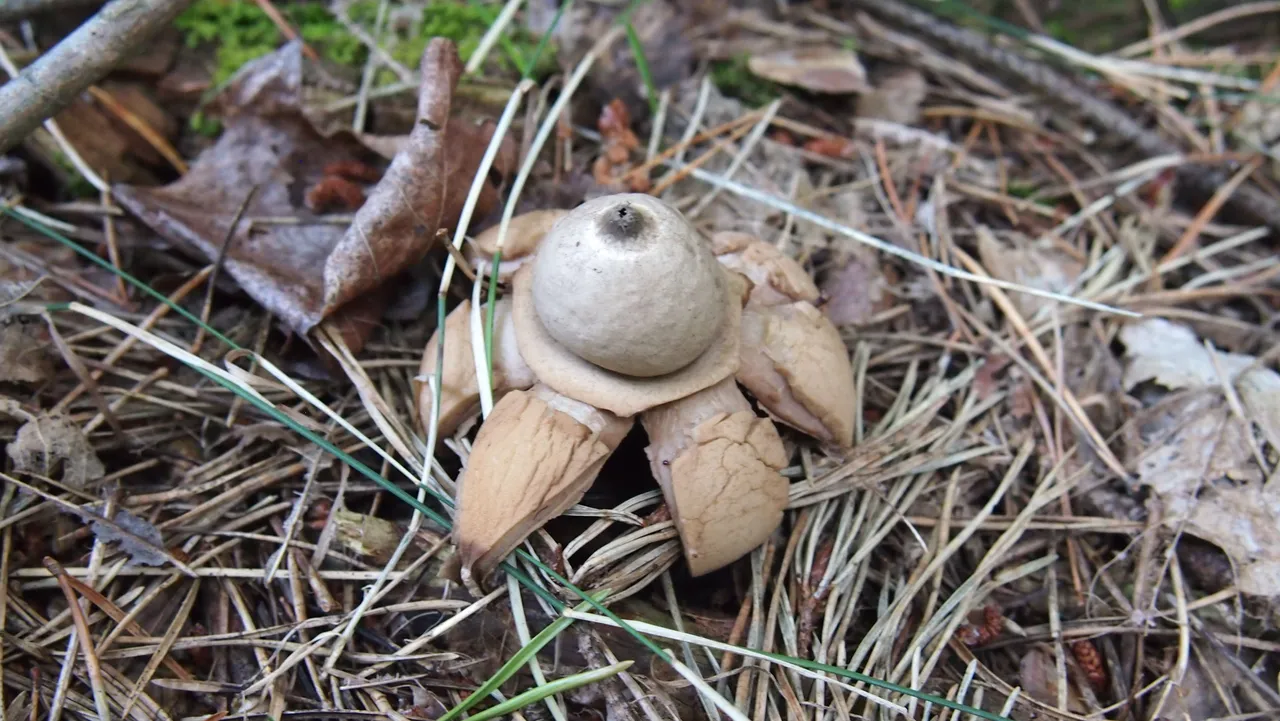
Geastrum triplex page on MushroomExpert
Lycoperdon perlatum
Another easy one to identify. If you find little white balls with spikes it's most likely Lycoperdon sp.; If it's growing on a grassy area it could be L. curtisii, but this one was growing on wood debris, so it has to be L. perlatum.
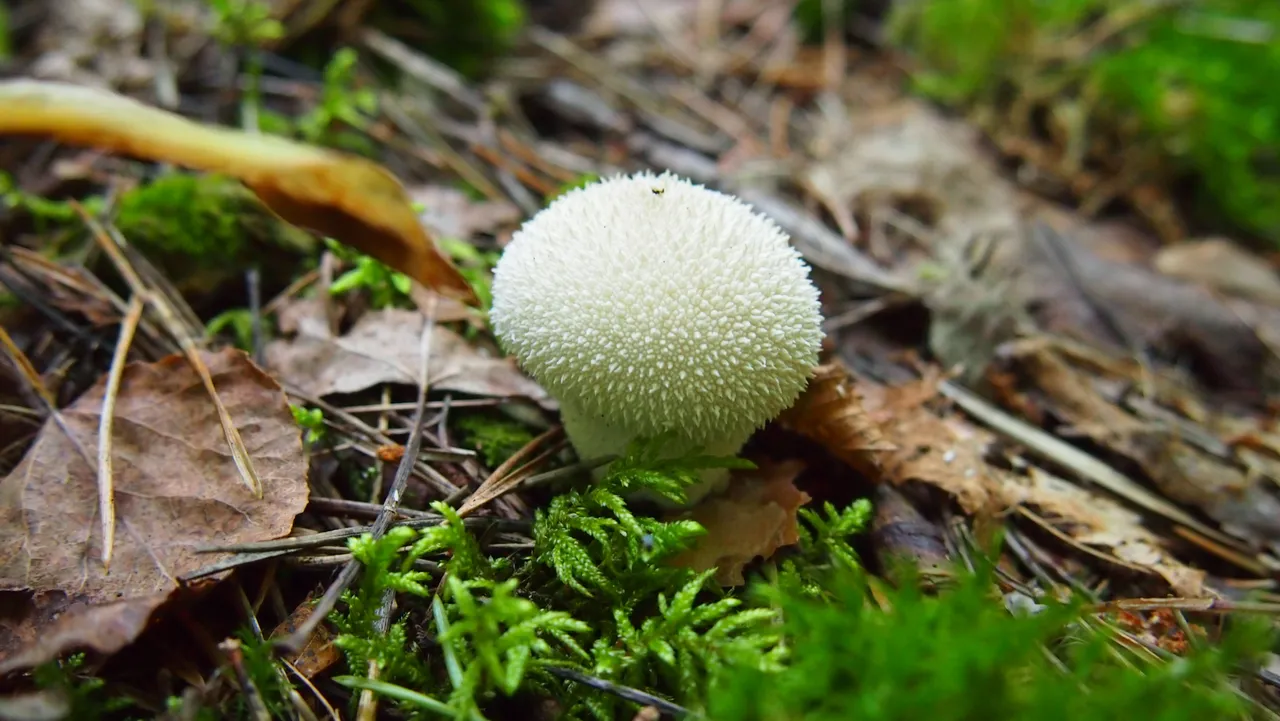
Lycoperdon perlatum page on MushroomExpert
Cerrena unicolor
I'm not 100% sure on this one, but this is my guess. The reasons, pores were labyrinthiform (picture not included), they had algae growing on top, and the caps were a bit hairy and zonate.

Cerrena unicolor page on MushroomExpert
Xylaria polymorpha
This one is really easy too. If it looks like poop but it feels woody and it grows at the base of stumps, it's X. polymorpha (aka Dead Man's Fingers). To confirm it though, cut it in half transversely. If it's white it's Xylaria polymorpha, if it's brown or black, it could be poop.
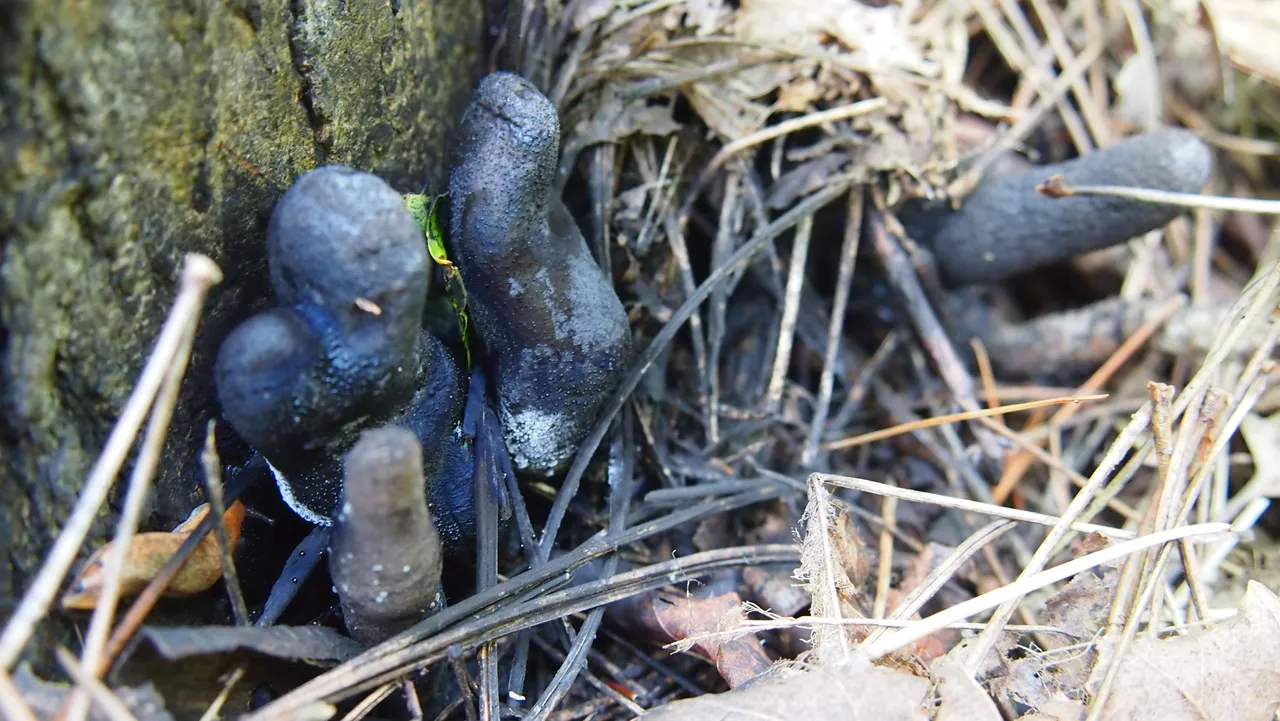
Xylaria polymorpha page on MushroomExpert
Trametes versicolor
The common name for this mushroom is Turkey Tail, and as you can see it looks a little bit like the tail of a Turkey (kind of).
This one is one of the most common mushrooms in North America and it's found growing on dead hardwood logs. The color of the cap varies a lot but it always shows a concentric, zonate pattern and its surface is finely fuzzy or velvety.
The one look-alike that can be mistaken by T. versicolor is Stereum ostrea (False Turkey Tail). The way to tell them apart, the real Turkey Tail has pores and the False Turkey Tail has no visible pores on its underside.
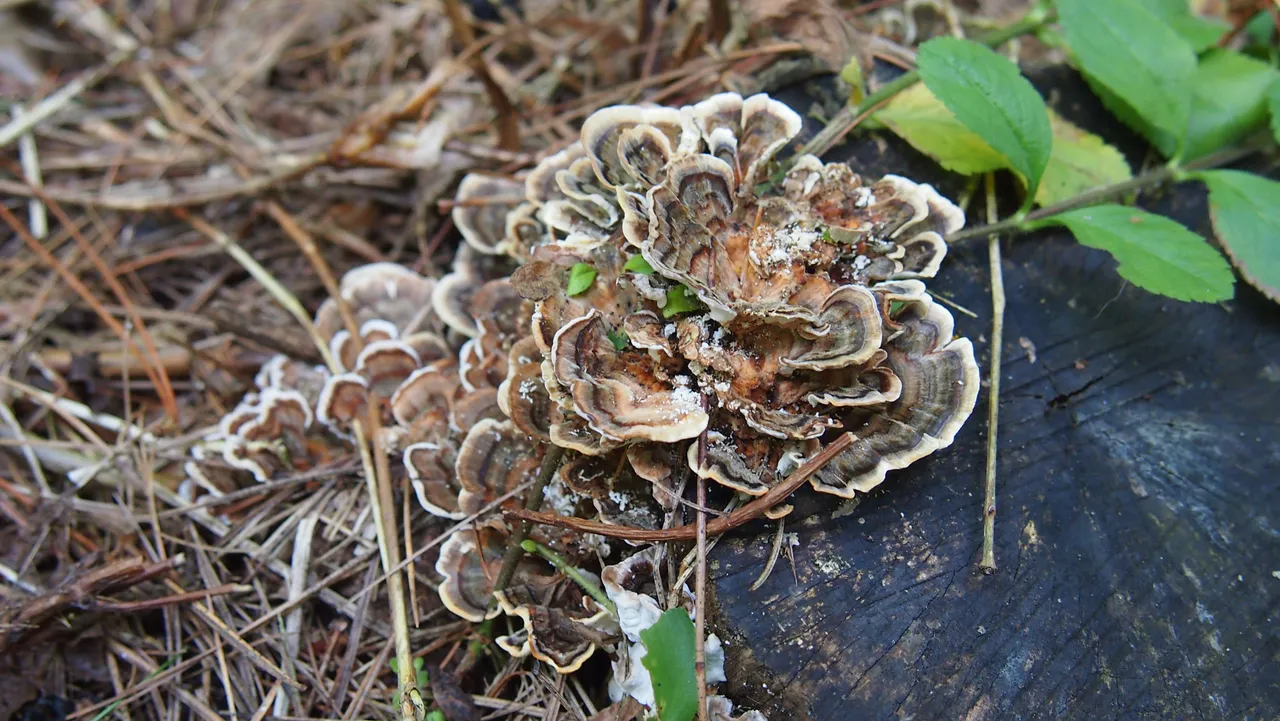
Trametes versicolor page on MushroomExpert
Polyporus squamosus (aka Cerioporus squamosus)
This was one of the biggest P. squamosus I've ever seen.
This fun-guy can be identified by its scaly cap and its thick, kidney-shaped cap. If you cut a piece of a fresh specimen it smells like cucumber/melon.
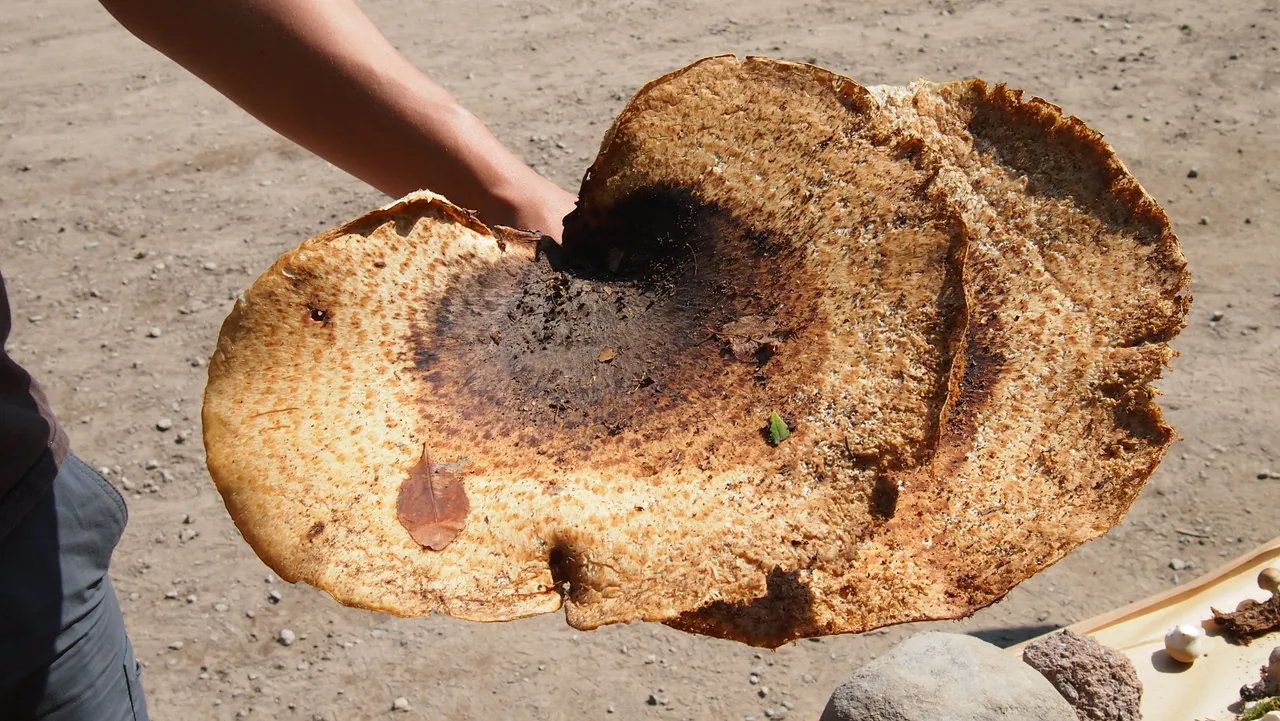
Polyporus squamosus page on MushroomExpert
Clitocybe nuda
My first thought was Cortinarius violaceus, but the spore color didn't match (Corts have rusty brown spores), there was no cortina (spider-web tissue covered on spores tipically found on Cortinarius sp.) left on the stem, and thegill spacing did not match that of C. violaceus.
After that, there was only one or two options left. It was clearly not the Purple Mycena (Mycena purpureofusca), nor the Purple Hygrocybe (Hygrocybe lilaceolamellata), so it had to be the Blewit mushroom (Clitocybe nuda).
I did take a spore print and it was light-pink (picture not included), cap was smooth and convex with an inrolled margin, the stem was thick and the flesh was purplish. Bingo!
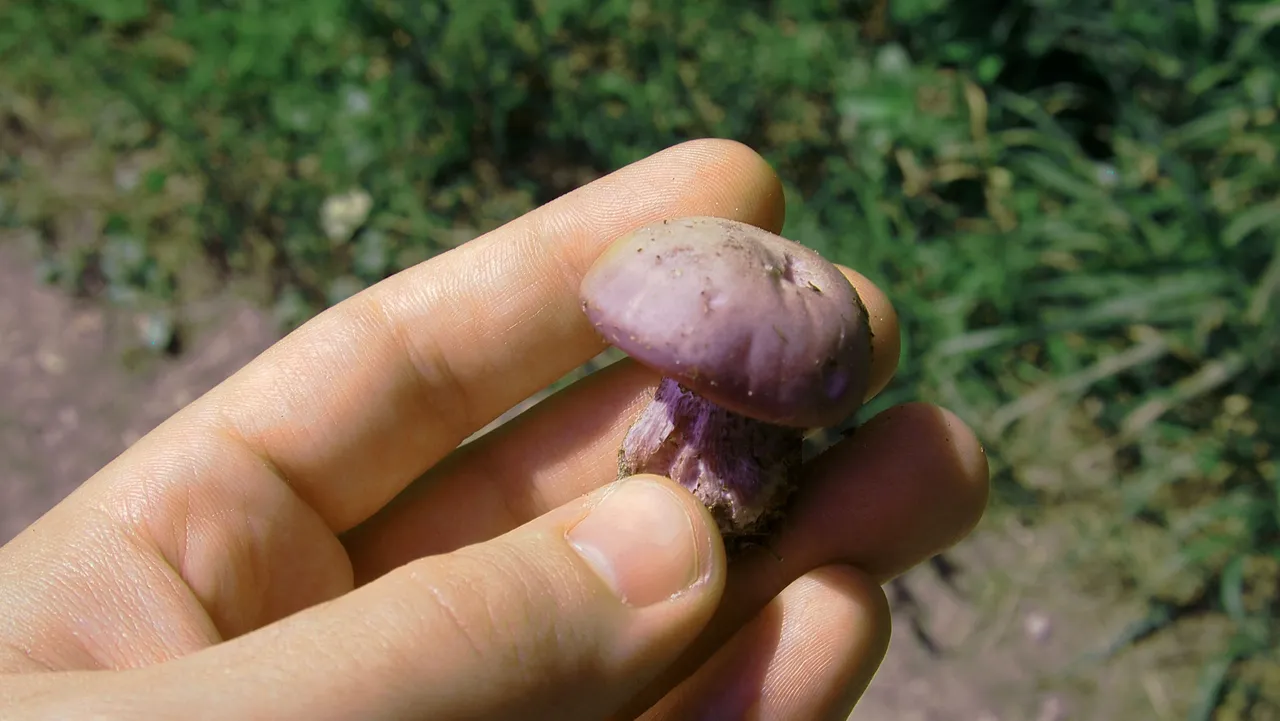
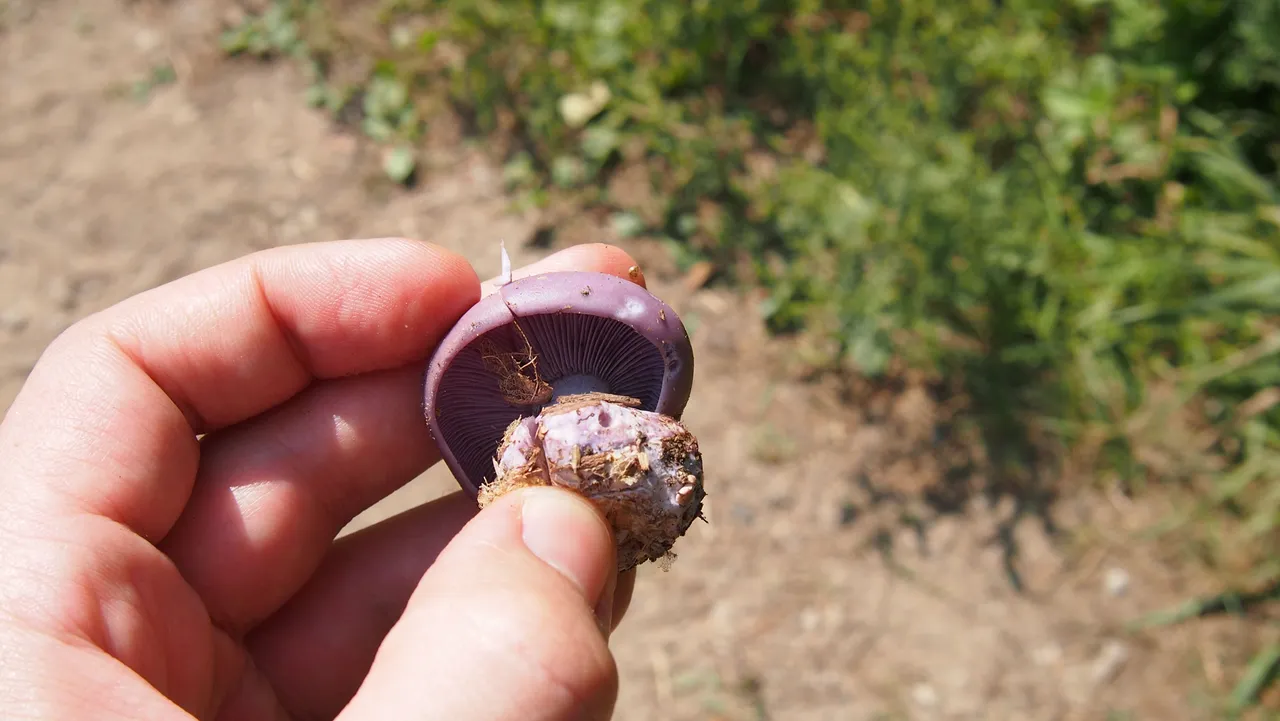
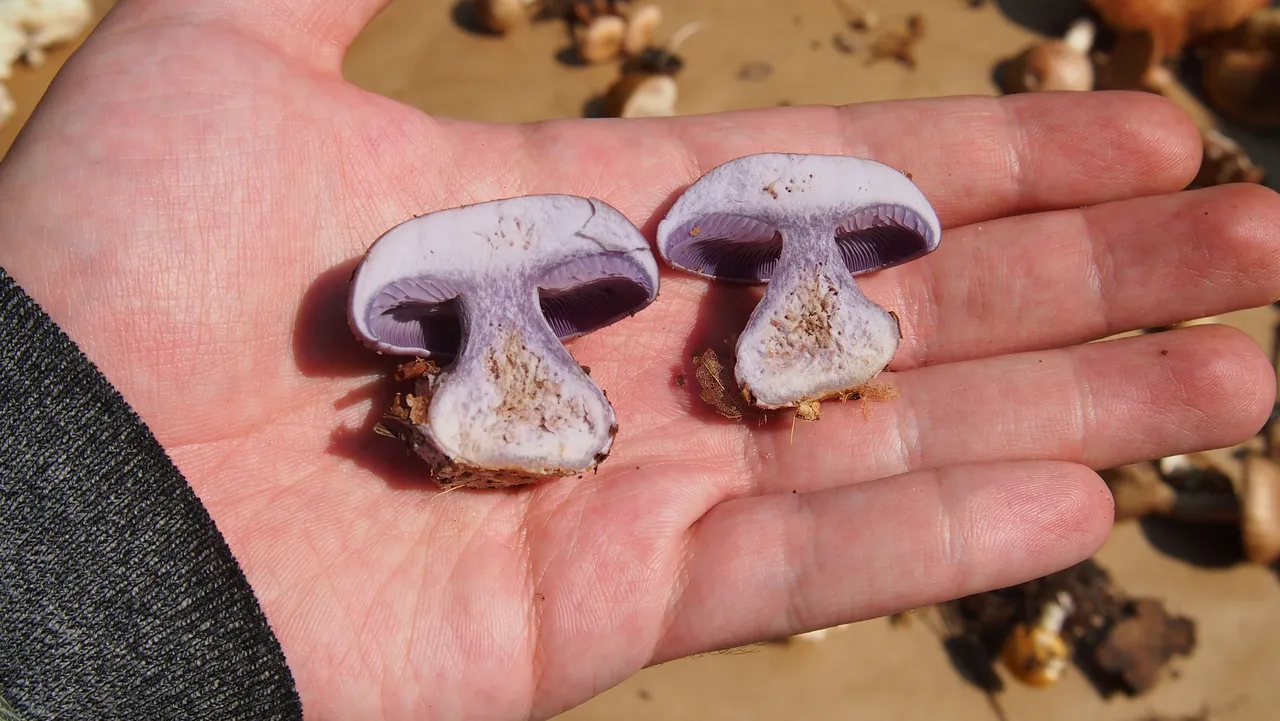
Clitocybe nuda page on MushroomExpert
And finally Cantharellus cinnabarinus
One of the most beautiful finds of the day. C. cinnabarinus (the Cinnabar Chanterelle) is easily recognizable by its bright orange color, but most importantly, because it doesn't have real gills but folds or flase gills under the side of the cap like all Chanterelles have.
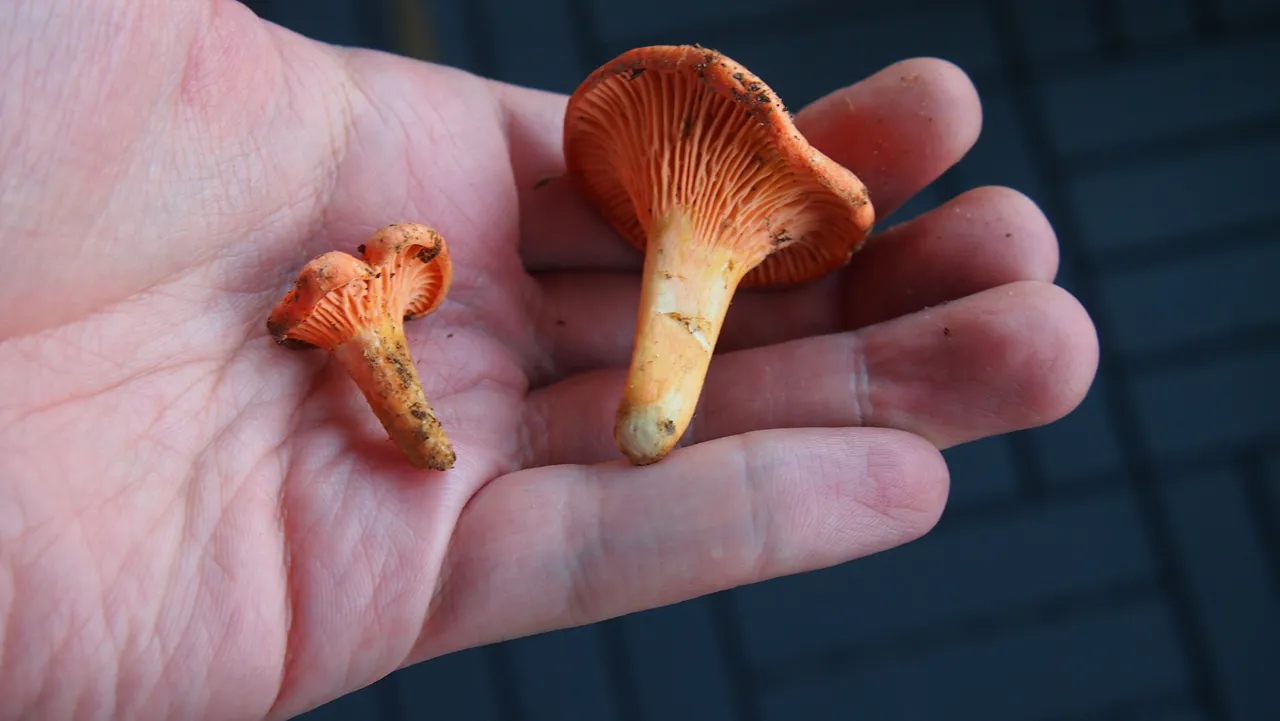
Cantharellus cinnabarinus page on MushroomExpert
And that's it for now. Let me know what you think and follow for more fascinating mushroom content.

Minnowsupportproject
Proud member and supporter of the minnowsupportproject - brought to you by @aggroed, @ausbitbank, @teamsteem, and @canadian-coconut
Click the logo below to learn more
